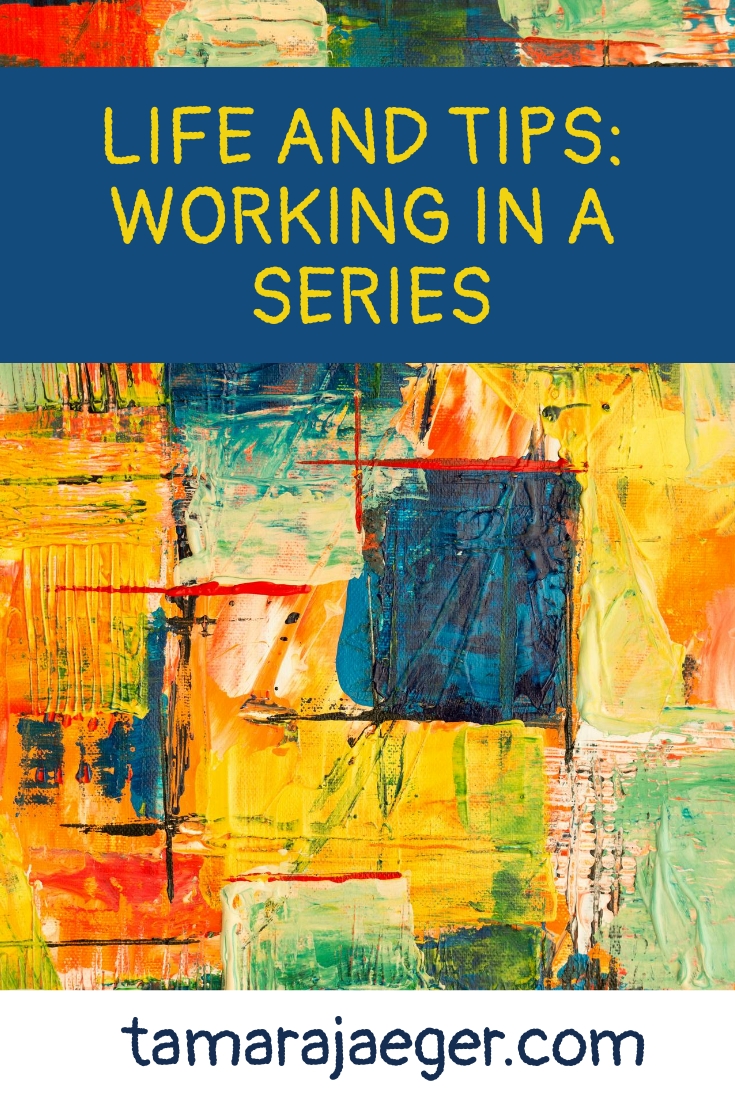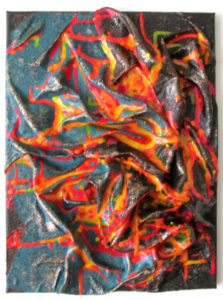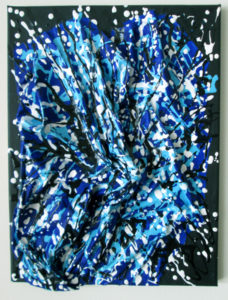

Life and Tips: Working in a Series
When I was in college, one of my art professors suggested that it would be good to start working on pieces that were in a series. Before that point I, like most art students, was focused on individual projects and pieces, with no attempt at creating an over-arching theme or connection between pieces. Now partly this is simply due to being a student. You take classes and your professors dictate what you should be working on to a large extent. And that’s fine, up to a certain level. But eventually you reach the point where you need to take your art further than just developing proficiency in a technique or medium. That is when working in a series comes in.
Why work in a series?
One of the main benefits to working in a series is that it gives you a chance to fully explore a subject, thinking about it deeply and fully. With a deeper understanding of your subject, you can express it on a deeper, more meaningful and insightful level than if you just create one or two pieces. For the viewer, a series provides a cumulative effect– multiple related pieces craft a deeper understanding of the artist and their work. Working in a series also creates a cohesive body of work that can, for example, be used for showing in galleries or exhibitions.
How to create a series
When working in a series, the first step is to choose your subject. Now, I’m using “subject” loosely—it doesn’t have to be a specific item or physical object, though it certainly can be. There’s absolutely no reason your subject can’t be flowers or old barns or cats or whatever else you want! But your subject can also be more abstract. It can be a technique or pattern or color. It can be a certain texture or design or even an emotion that you are exploring. Basically, your subject is the overall unifying theme for the pieces in your series.




As an example, I created my “Elementals” series to explore the four elements of fire, water, air, and earth. I also have a series—“Below the Surface”—that was inspired by a trip to a rock and mineral show. The subject for that series was geological features.
Once you’ve chosen your subject, the next step is to define what your series will consist of. Brainstorm your possibilities. I find it helpful to do a series of quick sketches to lay out my ideas. These are mostly just rough, gestural sketches—not detailed, specific images—which help me to visualize the series and the connections between the pieces. Detailed sketches can come later, when you’re ready to start creating. Set your series specifications. How many pieces will be in the series? What size or sizes will they be? Consider your sketches and ideas with the focus of seeing how these pieces will form a cohesive set.

For my “Elementals” series, I knew that I wanted to have three pieces for each element and all the pieces were going to be on the same size canvas. I wanted to explore color and texture, and having the same canvas size helped to create a sense of unity for the pieces. “Below the Surface” was a little different. Each piece was wildly different in size, shape, color and texture. The unifying feature here is primarily the subject itself. This is also a series where I had many more ideas than made it into reality. Of course, there’s no reason I can’t go back and add to the series. All it takes is a trip back through my sketchbook to remind myself of the ideas and then set myself to bringing them to life.

Now that you’ve got your theme and know what pieces will be in your series, it’s time to get to work and make art!
What about you? Do you work in series? If not, why? If so, what things do you consider when developing your series? Tell me in the comments!